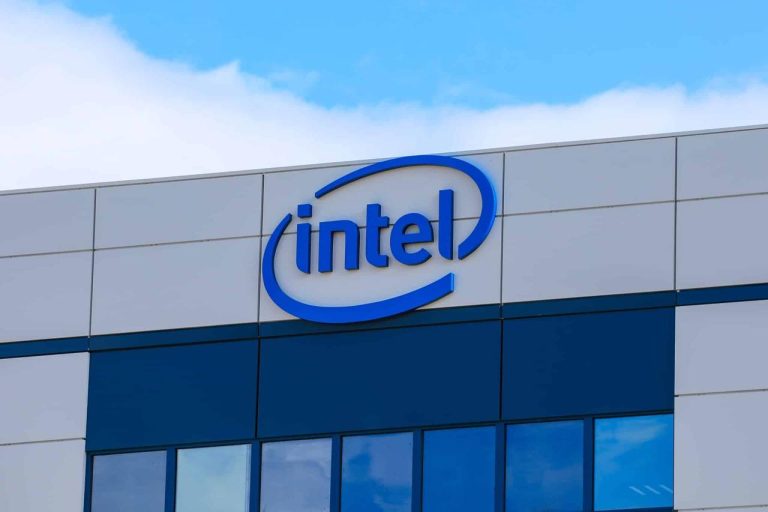
Introduction

Navigating the Bitcoin landscape is crucial for investors and enthusiasts alike, especially as we look towards 2025. The cryptocurrency market continues to evolve, presenting new opportunities and challenges. In this article, we delve into the current state of Bitcoin and make predictions for its trajectory in the coming years.
The Current State of Bitcoin

As of now, Bitcoin remains the leading cryptocurrency, boasting a market dominance that influences the entire crypto ecosystem. Its price volatility, adoption rates, and regulatory scrutiny are key factors shaping its future.
Factors Influencing Bitcoin’s Future

Several factors will play a significant role in determining Bitcoin’s value and adoption by 2025. These include technological advancements, regulatory developments, and market adoption by businesses and consumers.
Technological Advancements

Improvements in blockchain technology and scalability solutions will enhance Bitcoin’s utility and efficiency. Innovations such as the Lightning Network are paving the way for faster transactions and lower fees, making Bitcoin more accessible to everyday users.
Regulatory Landscape

Regulations around cryptocurrencies are tightening globally. By 2025, we expect clearer guidelines that may either foster growth or impose restrictions on Bitcoin. Understanding these regulations will be crucial for investors and users.
Market Adoption

The increasing acceptance of Bitcoin by mainstream businesses and financial institutions will likely drive its value. As more companies begin to accept Bitcoin as a payment method, its legitimacy and stability will improve.
Predictions for 2025

Considering the above factors, we predict that Bitcoin could experience significant growth by 2025. Experts believe that if Bitcoin can overcome regulatory hurdles and increase its adoption rate, its price could reach new heights.
Conclusion

In summary, navigating the Bitcoin landscape requires understanding the various factors that influence its future. By 2025, Bitcoin may become an even more integral part of the financial system, depending on technological advancements, regulatory environments, and market dynamics.






